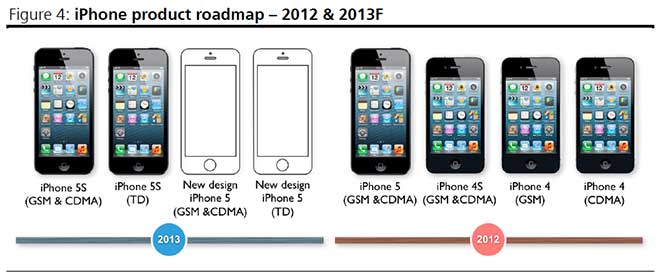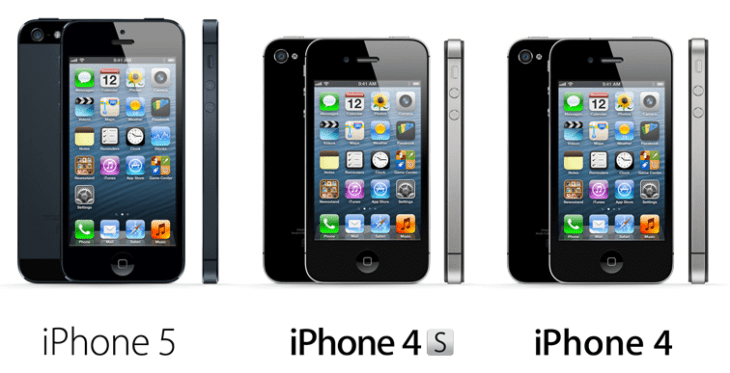The low-cost iPhone of fable got a little more material with some reports from KGI Securities analyst Ming-Chi Kuo. Before you balk at reports from an “analyst,” note that Kuo has been spot on a number of times in the past, including when he predicted the iPhone 4S release timeline and changes, the launch of the original white iPhone 4, and the iPad 2, among others. Kuo has discussed Apple’s 2013 roadmap in the past, and now he’s telling AppleInsider that a low-cost iPhone will have a 4-inch screen like the iPhone 5.
Other details about the new device shared by Kuo include a “super-thin plastic casing mixed with glass fiber.” The hybrid material is designed to increase the case’s overall durability, while also saving weight and making for a thinner overall design. Kuo also adds that there will be multiple color options for the low-cost iPhone, along the lines of the recent iPod touch update from last fall.
The new report from Kuo is designed to counter information from notoriously hit-or-miss source Digitimes released earlier in the week, which claimed a larger 5-inch display on the budget iPhone, with manufacturing shifting to suppliers other than Foxconn. Neither claim is true, according to Kuo’s information.
 Apple has been cautious about entering the low-cost market in the past, repeatedly saying that it won’t compromise device experience in order to hit a certain price target. But recently, the value of a low-cost iPhone in the Apple stable (which can be made available cheaply to pre-paid customers in markets like India where subsidies aren’t an option) has become apparent. Apple could add $11 billion to its annual revenue with a low-cost device, one analyst estimated this week, and it would help considerably with acquiring additional market share in markets where Android is currently having lots of success.
Apple has been cautious about entering the low-cost market in the past, repeatedly saying that it won’t compromise device experience in order to hit a certain price target. But recently, the value of a low-cost iPhone in the Apple stable (which can be made available cheaply to pre-paid customers in markets like India where subsidies aren’t an option) has become apparent. Apple could add $11 billion to its annual revenue with a low-cost device, one analyst estimated this week, and it would help considerably with acquiring additional market share in markets where Android is currently having lots of success.
Offering last year’s model as a cheaper option has been Apple’s strategy of choice in the past, but if it introduces a dedicated low-cost line, the advantages could be considerable. Based on these reports from Kuo and others, the company is looking to dramatically decrease physical material costs, which are relatively stable compared to the cost of processor and flash memory components, and tooling/factory setup, which decrease as a production process matures. That could result in big changes to the way Apple sells in prepaid and emerging markets, which is exactly what it needs to kickstart more explosive growth.
